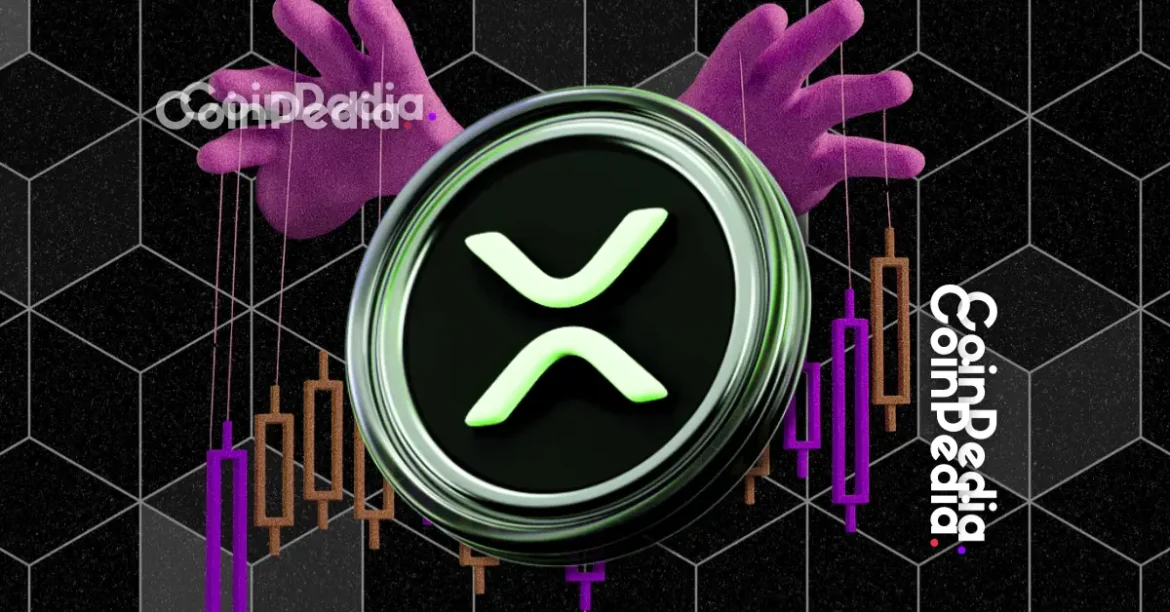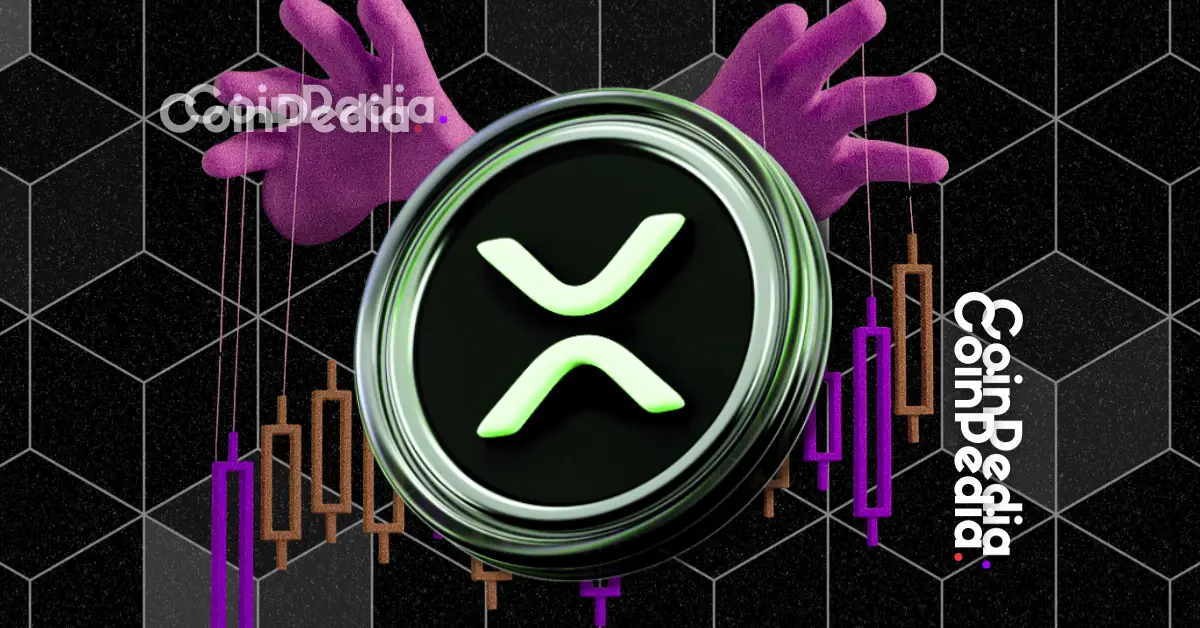XRP’s Ascent to $3.64: A Deep Dive into Regulatory Wins and Market Dynamics
Introduction: A Ripple Effect in the Crypto Sea
The cryptocurrency market is known for its volatility, but few assets have captured attention as dramatically as XRP. Recently reaching an all-time high of $3.64, XRP’s surge is not just a fleeting market anomaly but a result of strategic maneuvers, regulatory breakthroughs, and shifting market dynamics. This report explores the multifaceted factors driving XRP’s impressive performance, from Ripple’s regulatory victories to its strategic initiatives and the growing institutional interest that is reshaping its trajectory.
Regulatory Breakthroughs: Paving the Way for Growth
Regulatory clarity has been a game-changer for XRP. After years of legal battles, Ripple’s settlement with the U.S. Securities and Exchange Commission (SEC) has removed a significant overhang, allowing the market to focus on the asset’s fundamental strengths.
Bank Charter Bid: A Strategic Move Toward Compliance
Ripple’s application for a national bank charter with the Office of the Comptroller of the Currency (OCC) is a bold step toward regulatory compliance. If approved, this charter would allow Ripple to operate as a regulated financial institution, bringing its RLUSD stablecoin under federal banking oversight. This move is particularly appealing to institutional investors who prioritize operating within a well-defined legal framework.
RLUSD Stablecoin: Diversifying Ripple’s Offerings
The launch of RLUSD, Ripple’s stablecoin, marks a significant diversification in the company’s strategy. Designed to compete with established stablecoins like USDC, RLUSD aims to provide a reliable and regulated medium for transactions within the Ripple ecosystem. This not only enhances Ripple’s service offerings but also positions it as a key player in the rapidly evolving stablecoin market.
Strategic Positioning: XRP’s Role in Cross-Border Payments
Despite the excitement around RLUSD, XRP remains central to Ripple’s mission of revolutionizing cross-border payments. Unlike stablecoins, which are primarily designed for stability and ease of use within the crypto ecosystem, XRP is specifically engineered to facilitate fast, low-cost international transactions.
Cross-Border Focus: Bridging the Gap
Ripple’s technology leverages XRP to bridge the gap between different currencies and payment systems, enabling near-instantaneous transfers across borders. This functionality addresses a critical need in the global financial system, which is still plagued by slow, expensive, and inefficient cross-border payment processes.
Liquidity and Efficiency: A Tool for Financial Institutions
XRP serves as a liquidity tool for financial institutions, allowing them to reduce the capital required for international transactions. By using XRP as a bridge currency, banks and payment providers can minimize the need to hold large reserves of foreign currencies, thereby freeing up capital for other purposes.
Institutional Adoption: A Vote of Confidence
The increasing adoption of XRP by institutional investors is another key driver behind its recent price surge. As institutional players enter the digital asset market, their investments tend to have a significant impact on price and market sentiment.
Growing Interest: Institutional Confidence
Institutional interest in XRP has been growing steadily, fueled by the regulatory clarity and the potential for XRP to disrupt the traditional financial system. Recent data indicates that institutional investments in XRP have been on the rise, reflecting a growing confidence in its long-term prospects.
BNY Mellon as Custodian: A Testament to Trust
The partnership between Ripple and BNY Mellon, one of the world’s largest custodian banks, is a testament to this growing institutional confidence. BNY Mellon’s role as the custodian for RLUSD provides a secure and regulated framework for institutional investors to participate in the Ripple ecosystem.
Market Dynamics: Sentiment and Speculation
While regulatory progress and institutional adoption provide a solid foundation for XRP’s growth, market sentiment and speculative trading also play a significant role in its price movements.
Retail Enthusiasm: Driving Trading Volumes
Increased retail enthusiasm often complements institutional interest, driving trading volumes and pushing prices higher. Social media trends, online forums, and crypto news outlets play a crucial role in shaping retail sentiment and influencing investment decisions.
Whale Activity: Influencing Market Sentiment
Large XRP holders, often referred to as “whales,” can have a significant impact on the market through their trading activities. Large buy or sell orders can trigger price swings, creating opportunities for speculative traders and influencing overall market sentiment.
Challenges and Considerations: Navigating Future Hurdles
Despite the positive momentum, XRP faces several challenges that could impact its future performance.
Centralization Concerns: A Double-Edged Sword
One of the main criticisms leveled against XRP is its centralized nature. Unlike decentralized cryptocurrencies like Bitcoin, XRP is closely tied to Ripple Labs, which holds a significant portion of the total XRP supply. This centralization raises concerns about potential manipulation and control.
Competition: A Crowded Market
The cryptocurrency market is highly competitive, with new projects and technologies emerging constantly. XRP faces competition from other cryptocurrencies and blockchain platforms that offer similar functionalities, as well as from traditional payment systems that are evolving to meet the demands of the digital age.
Regulatory Uncertainty: A Persistent Challenge
While Ripple’s settlement with the SEC has brought some clarity, the regulatory landscape for cryptocurrencies remains uncertain. Changes in regulations or adverse legal rulings could negatively impact XRP’s price and adoption.
How XRP Could Undermine Ripple’s Move for National Trust Bank
Ripple Labs’ ambition to become a national trust bank is ambitious, but it faces a significant hurdle: the company’s massive holdings of XRP. This concentration of XRP on Ripple’s balance sheet could potentially undermine its move for a national trust bank, posing a critical challenge to its regulatory ambitions.
Conclusion: A Promising Future with Cautious Optimism
XRP’s recent surge to $3.64 reflects a confluence of positive factors, including regulatory progress, strategic stablecoin initiatives, and growing institutional interest. However, the digital asset faces several challenges, including centralization concerns, competition, and regulatory uncertainty. While the future of XRP remains uncertain, its potential to disrupt the traditional financial system and facilitate faster, cheaper, and more efficient cross-border payments is undeniable. As Ripple continues to navigate the regulatory landscape and expand its ecosystem, XRP is well-positioned to play a significant role in the evolving world of digital finance. The market is looking toward the future with cautious optimism, anticipating continued growth and innovation in the XRP ecosystem, balanced with a keen awareness of the challenges that lie ahead.





